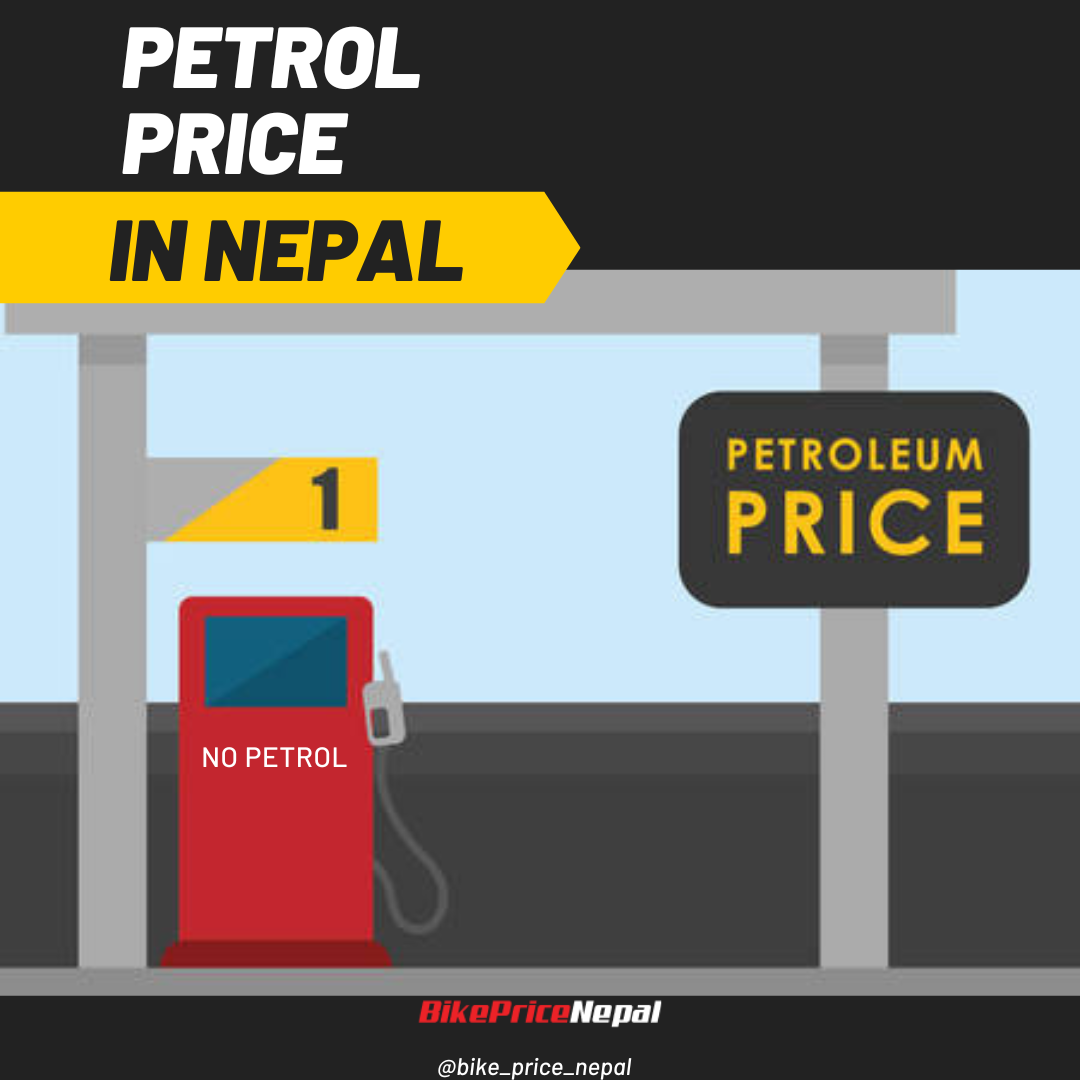Petrol Price In Nepal January 2024

Nepal's energy landscape has recently witnessed significant shifts, as the Nepal Oil Corporation (NOC) announced adjustments in the prices of petrol, diesel, and kerosene. Petrol prices have seen a decrease of Nrs.2 per liter, while diesel and kerosene have witnessed a welcome decrease of Nrs.4 per liter. These changes, aimed at aligning with international market dynamics, impact consumers across the country.
Fuel Type | Quantity | Price Nrs. |
Petrol(*MS) | per litre | 166 |
Diesel(*HSD) | per litre | 156 |
Kerosene(*SKO) | per litre | 156 |
LP Gas-14.2 kg | per cylinder | 1895 |
Aviation Turbine Fuel | per litre | 136/L(Duty Paid) |
Aviation Turbine Fuel (Jet A-1) | per kilolitre | US$ 1,095/kl(Bonded) |
Abbreviations:
MS- Motor Spirit
HSD- High Speed Diesel
SKO- Superior Kerosene Oil
LP- Liquefied Petroleum
Understanding the Dynamics:
The petrol price in Nepal is known for its volatility, changing every fifteen days. This is influenced by various factors, including international market fluctuations, current currency exchange rates, and the profit/loss per liter or cylinder incurred by the importer's NOC. The recent adjustments are a reflection of these dynamic factors, attempting to strike a balance between global market trends and the local economic landscape.
Recent Changes and Impact:
In the most recent update, NOC has not only increased the petrol prices but has also decreased the prices of diesel and kerosene by Nrs2 and 4 per liter respectively. The current prices stand at NPR 170 per liter for petrol, NPR 160 per liter for diesel, and NPR 160 per liter for kerosene. These adjustments are a result of a comprehensive evaluation of various factors, indicating a strategic move by the authorities to maintain a delicate balance between consumer affordability and market dynamics.
LPG Gas Price Hike:
In addition to the changes in petrol, diesel, and kerosene prices, NOC has also increased the price of LPG gas by 215 rupees. This increment is likely to have a cascading effect on households and industries reliant on liquefied petroleum gas for cooking and other purposes.
The recent fluctuations in fuel prices in Nepal reflect the intricacies of a dynamic energy market. NOC's efforts to strike a balance between global trends and local economic considerations are evident in the recent adjustments. Consumers across the country will need to adapt to these changes, with an understanding that fuel prices are subject to continuous evaluation and recalibration based on both domestic and international factors. As the nation navigates these shifts, staying informed about fuel pricing trends becomes crucial for businesses and individuals alike.
